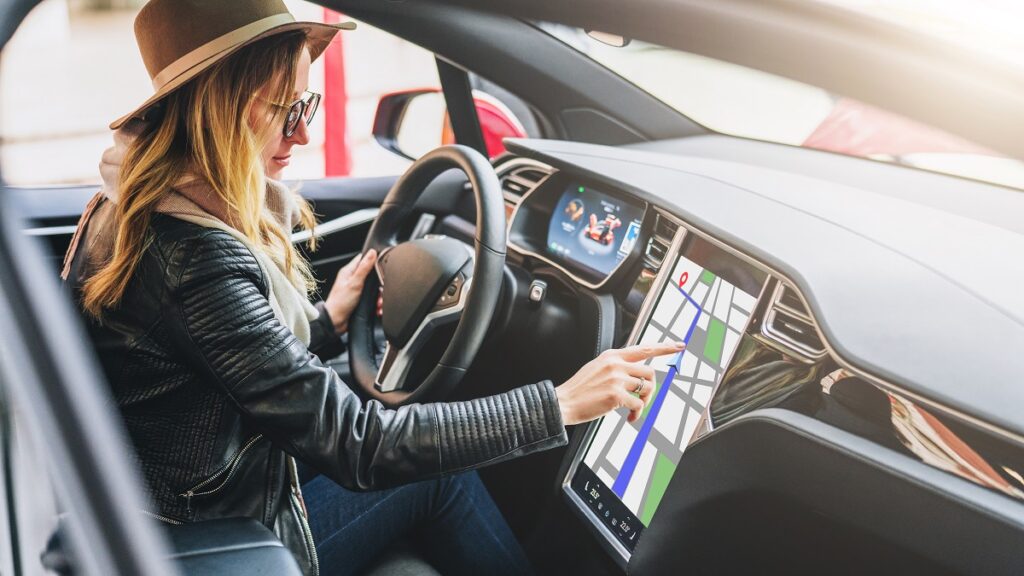Automotive security is a critical concern in the era of IoT, as the increasing connectivity of vehicles creates new opportunities for cyberattacks and other security threats. This can have a significant impact on both personal and public safety, as well as on individual privacy. To address these concerns, it is important to understand the potential security risks and take steps to protect against them.
Although the adoption of IoT is rapidly gaining momentum due to the widespread use of smart devices and Internet connectivity, modern vehicles are now able to communicate with each other. In fact, according to calculated predictions, the global automotive IoT market is expected to expand from $131.2 billion in 2023 to $322 billion by 2028, with a compound annual growth rate of 19.7% during the period from 2023 to 2028. Moreover, Statista has projected that 70% of all vehicles will be connected to the Internet by 2025.
However, as more and more vehicles are connected to the Internet, there is a risk that attackers could exploit vulnerabilities to take control of critical systems, such as steering or braking, or steal sensitive information, such as GPS location or personal data.
For example, in 2015, two security researchers demonstrated that they could remotely control a Jeep Cherokee through its entertainment system, which was connected to the Internet. The researchers were able to take control of the vehicle’s steering, transmission, and other systems, highlighting the potential dangers of connected vehicles.
Types of connectivity that a connected car has
The different types of vehicle connections include Vehicle to Infrastructure, Vehicle to Vehicle, Vehicle to Cloud, and Vehicle to Everything (V2X). If any weaknesses are present in the system, it can create opportunities for hackers to exploit and manipulate it.
The range of the Internet of Things for connected cars encompasses several elements, including the Automotive Electronic Control Unit, Advanced Driver Assistance Systems, and V2X communication systems.
Implementing strong security measures in connected vehicles
To address these concerns, vehicle manufacturers and software providers need to implement strong security measures that can detect and respond to potential threats. This includes ensuring that vehicles are equipped with firewalls, intrusion detection systems, and other security features that can prevent unauthorised access.
Additionally, software updates need to be properly secured to prevent attackers from exploiting vulnerabilities in the update process.
For example, Tesla has implemented a secure software update system that allows the company to remotely push updates to vehicles, while also protecting against unauthorised access.
Another important aspect of automotive IoT security is privacy
With the growing amount of data generated by connected vehicles, it is critical to ensure that sensitive information is protected against unauthorised access. This includes using encryption and other security measures to protect data transmitted between the vehicle and the cloud, as well as implementing privacy policies that clearly define how personal data will be used and stored.
For example, General Motors has implemented a comprehensive privacy policy that outlines how the company will use and store data generated by connected vehicles, including information about driving habits, location, and vehicle performance.
To further ensure the privacy and security of connected vehicles, it is important to implement secure communication protocols and data storage practices. This includes using secure protocols, such as Transport Layer Security and Secure Sockets Layer, to encrypt data transmitted between the vehicle and the cloud.
Additionally, data storage should be designed with privacy and security in mind, including the use of secure data centres and the implementation of access control and data protection policies.
Stay informed
It is also important for individuals and organisations to stay informed about the latest developments and best practices in automotive security. This will help to ensure that vehicles remain safe and secure, and that sensitive information is protected against cyber threats. This can include educating drivers about the potential risks associated with connected vehicles, as well as implementing secure practices for downloading and installing software updates. For example, many vehicle manufacturers provide online resources and educational materials that explain the potential risks associated with connected vehicles and the steps drivers can take to protect themselves.
Automotive security has implications beyond personal and public safety and privacy, extending to the economy and society at large. A cyberattack on connected vehicles can cause significant economic and social disruption, disrupting transportation networks on a large scale. Furthermore, the theft of sensitive information, such as personal data and trade secrets, can have severe consequences for individuals and organisations.
To mitigate these potential risks, the industry and government must take a proactive approach by mandating security standards and regulations for connected vehicles and investing in research and development of new security technologies. Collaborating and sharing information among vehicle manufacturers and software providers is also critical to enhance their response capabilities to emerging threats and vulnerabilities.
Conclusion
As the use of IoT technology in the automotive industry continues to grow, so do the risks associated with connected vehicles. Automotive security is crucial to protect against cyberattacks and other security threats that can have significant consequences for personal and public safety, individual privacy, and the economy. To address these concerns, vehicle manufacturers, software providers, and government agencies must work together to implement strong security measures and regulations, invest in research and development of new security technologies, and educate drivers and organisations on best practices for staying safe in the connected car era. By taking a proactive approach to automotive security, we can help ensure that the benefits of IoT technology in the automotive industry are realised without compromising safety and security.
Dinesh Damor as Senior Engineer of IoT Security at eInfochips. He has seven plus years of experience in conducting penetration testing. He has done certifications like CEH, RHCSA, RHCE, RHCSA-OpenStack, AWS-SAA-C02, 100W-ICS, and CCSK from (Cloud Security Alliance ) among others. He has hands-on experience in conducting Threat Modeling and VAPT for IoT firmware, cloud, and mobile applications.
